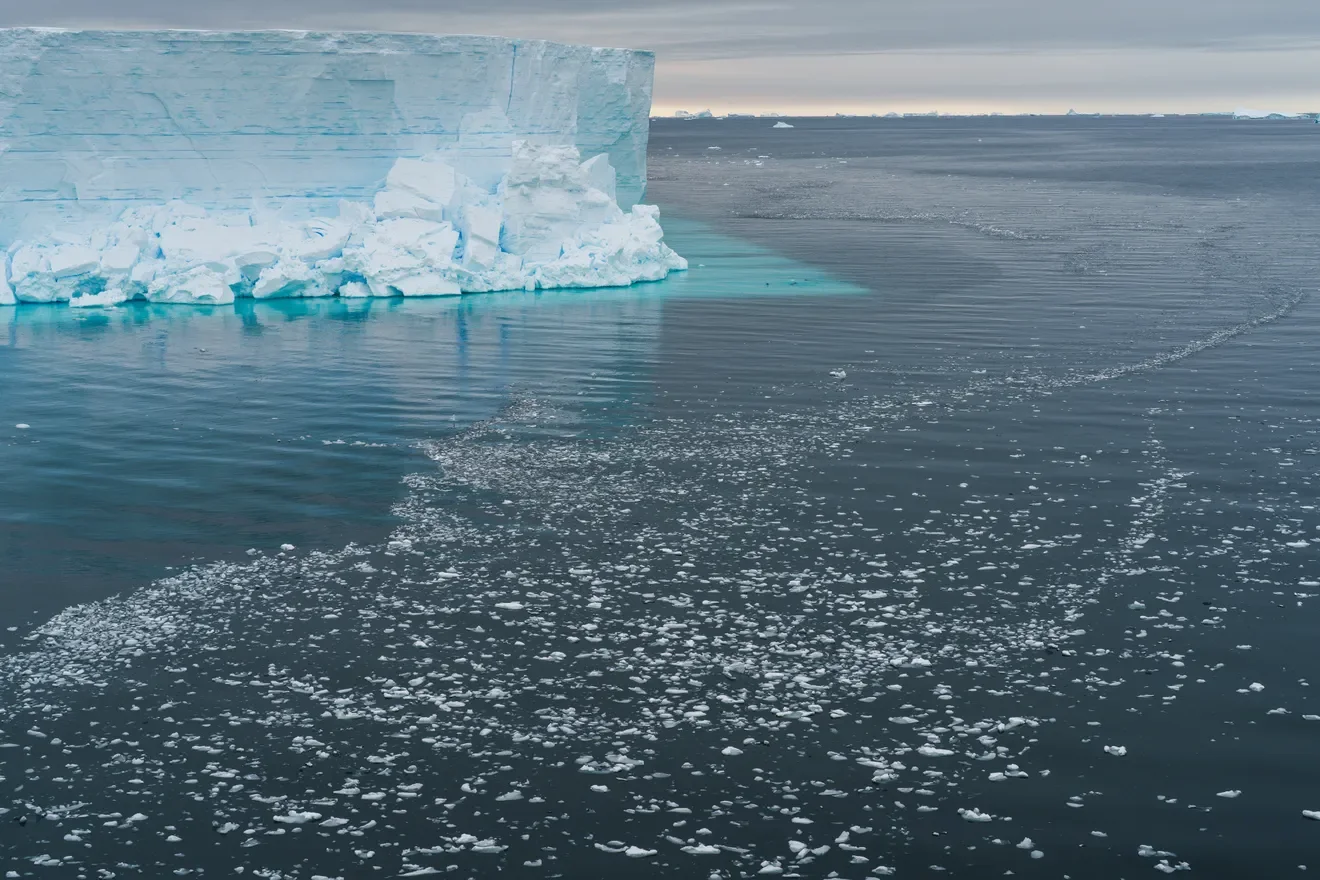
A surprising lesson from Antarctica: Life flourishes even under 500 feet of ice | Travel News
In January, when a massive iceberg—roughly the size of Chicago—broke off from one of Antarctica’s vast floating ice shelves, nearby scientists quickly adjusted their mission to investigate the newly exposed seafloor.
What they uncovered exceeded expectations.
“We were astonished to find such a vibrant and well-established ecosystem. Judging by the size of the organisms, these communities may have existed for decades, possibly even centuries,” said Patricia Esquete of Portugal’s University of Aveiro and its Centre for Environmental and Marine Studies.
Esquete was part of an international team with the Schmidt Ocean Institute conducting research in the Bellingshausen Sea. After learning about the calving of iceberg A-84, the team swiftly rerouted to explore the seafloor that had been buried under nearly 500 feet of ice for hundreds of years.
Within two weeks, they reached the area and deployed autonomous underwater gliders to survey the seabed. What they discovered was a flourishing ecosystem that had thrived in complete darkness and with limited access to nutrients.
“We adapted our expedition plan on the fly to take advantage of this rare chance,” Esquete explained.

Douglas McCauley, a marine science professor at UC Santa Barbara, praised the team’s flexibility. “Some of the greatest discoveries happen when scientists brave enough to veer from years of careful planning say, ‘A huge iceberg just broke off—let’s see what’s underneath!’”
This spontaneous detour of the research vessel R/V Falkor (Too) led to remarkable findings in waters up to 4,200 feet deep. The team discovered diverse marine life, including icefish, octopuses, corals, sponges, and giant sea spiders—some of which may be previously unknown to science. However, confirming new species will take time.
Andrew Thurber, an Antarctic research specialist and professor at UC Santa Barbara, said such discoveries are incredibly rare. While remotely operated vehicles (ROVs) can help, operating under thick ice remains a major technical hurdle.
“It’s not as simple as sending a robot under the ice and retrieving it with great data,” Thurber said. “These missions are risky. If something goes wrong, recovery is difficult or impossible.”
Life Without Light: A Puzzle
One of the biggest questions is how this vibrant ecosystem has survived without sunlight. With such deep waters and a thick ice layer above, access to typical surface nutrients is severely limited.
“These organisms are cut off from sunlight, a primary energy source for many ecosystems,” said Thurber.
In the deep ocean, most organisms rely on “marine snow”—a constant descent of organic particles such as dead organisms, fecal matter, and plant material—for sustenance. This phenomenon resembles white flakes gently drifting down through the water.
However, given the ice cover for centuries, even marine snow would be scarce. That makes the abundance—and size—of marine life particularly surprising.
“We expected something more like deep-sea communities: small, highly diverse species and only occasional large ones,” said Thurber. “Instead, we found large invertebrates, which is quite unexpected.”
Scientists theorize that ocean currents may play a key role in transporting nutrients beneath the ice, though the exact mechanism remains unclear.

Origins of Iceberg A-84
Iceberg A-84 calved from the George VI Ice Shelf, a massive floating glacier attached to the Antarctic Peninsula. Ice shelves are thick layers of ice connected to landmasses and play a vital role in Earth's cryosphere.
This calving event is another sign of accelerating changes at the poles driven by climate change. As ice continues to retreat, questions arise about the future of these newly revealed marine areas.
“These open seafloors could be seen as opportunities for industry, but they also host fragile and unique ecosystems—with untapped biodiversity, potential medical discoveries, and long-lived species vulnerable to disruption,” Thurber noted.
The debate over whether to protect or exploit these regions is gaining urgency.
“As global stewards of Antarctica, we must consider how to responsibly manage these areas amid our changing climate,” he added.
What Happens Next?
One of the main concerns is whether the marine life that once thrived in the dark, ice-covered world can adapt now that the ice has vanished.
“Some creatures are mobile and may relocate,” explained Jyotika Virmani, Executive Director of the Schmidt Ocean Institute. “But others are fixed to the seabed and cannot move—they’re essentially stuck in place.”
Only future visits, months or even a year later, will reveal how these ecosystems adapt—or struggle—with the environmental change.
Still, the ability to capture a snapshot of this hidden world offers scientists an invaluable foundation for future research.
